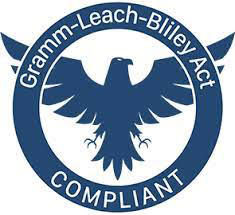If you have ever dealt with slow or late paying business accounts, you may recall the occasional customer who was in “receivership”. But just what does this term mean? In this edition of A/R Insider, we’re setting the record straight to help you avoid any future uncertainty or confusion when dealing with such cases.
A receivership is not a bankruptcy. It is a voluntary or involuntary position taken by, or forced upon, the debtor, allowing the control of a business by a neutral third party. This third party, also known as a “receiver”, acts like a trustee in bankruptcy because they operate under the direction and control of the court. Unlike bankruptcy, however, contacting a debtor that is in receivership is not illegal.
Voluntary Receivership
Some insolvent debtors voluntarily transfer all property and assets to a receiver to avoid bankruptcy. The benefits of this act are two-fold:
- The debtor avoids bankruptcy; and
- Creditors have a better chance of getting paid because the business is still open and operating under the guidance of the receiver.
This is known as an “Assignment for the Benefit of Creditors”.
Involuntary Receivership
The court can also order a business into receivership to protect creditors due to allegations of fraud in the debtor’s company.
How to Handle a Receivership
When dealing with a receivership, always contact the receiver directly and ask the following questions:
- Who instigated this receivership (i.e., the debtor or the court)?
- Why was it implemented?
- Who is the designated receiver (i.e., name, address and phone number)?
- How much authorization is this receiver given by the courts?
Based upon conversations with the receiver, you will be able to determine the probability of any payments. If there is a likelihood of any payments for your classification of credit (secured or unsecured), continue to follow up and provide proof of claim as requested. If it appears there will not be funds to pay your claim, you should still submit a proof of claim as requested and follow up until all assets are liquidated or you receive your pro-rata payout. If you are told by the receiver there will be no payout available to you, request that in writing and finalize the account per your internal procedures.
Anything else you want to know about receivership? Post your questions here!












